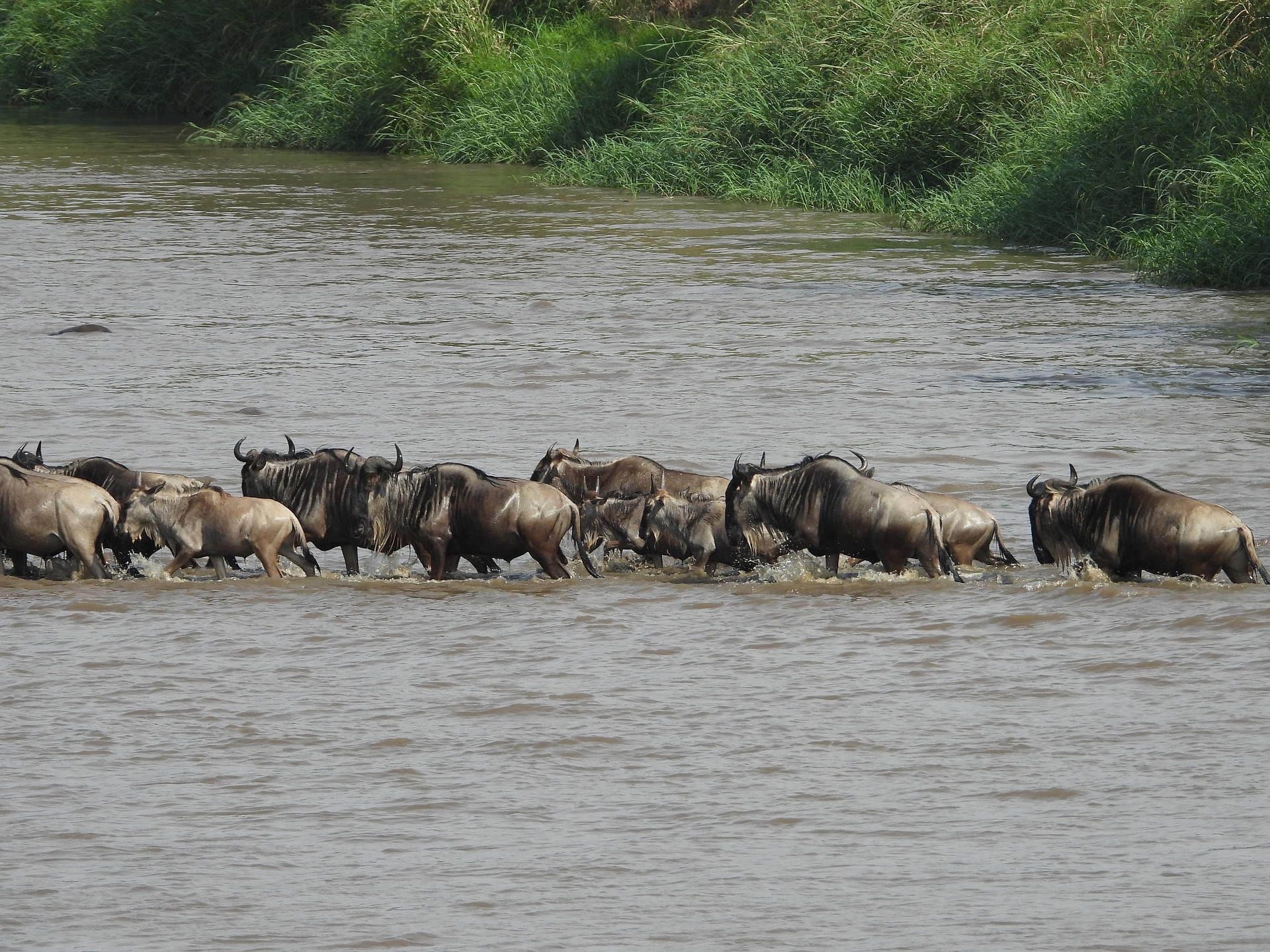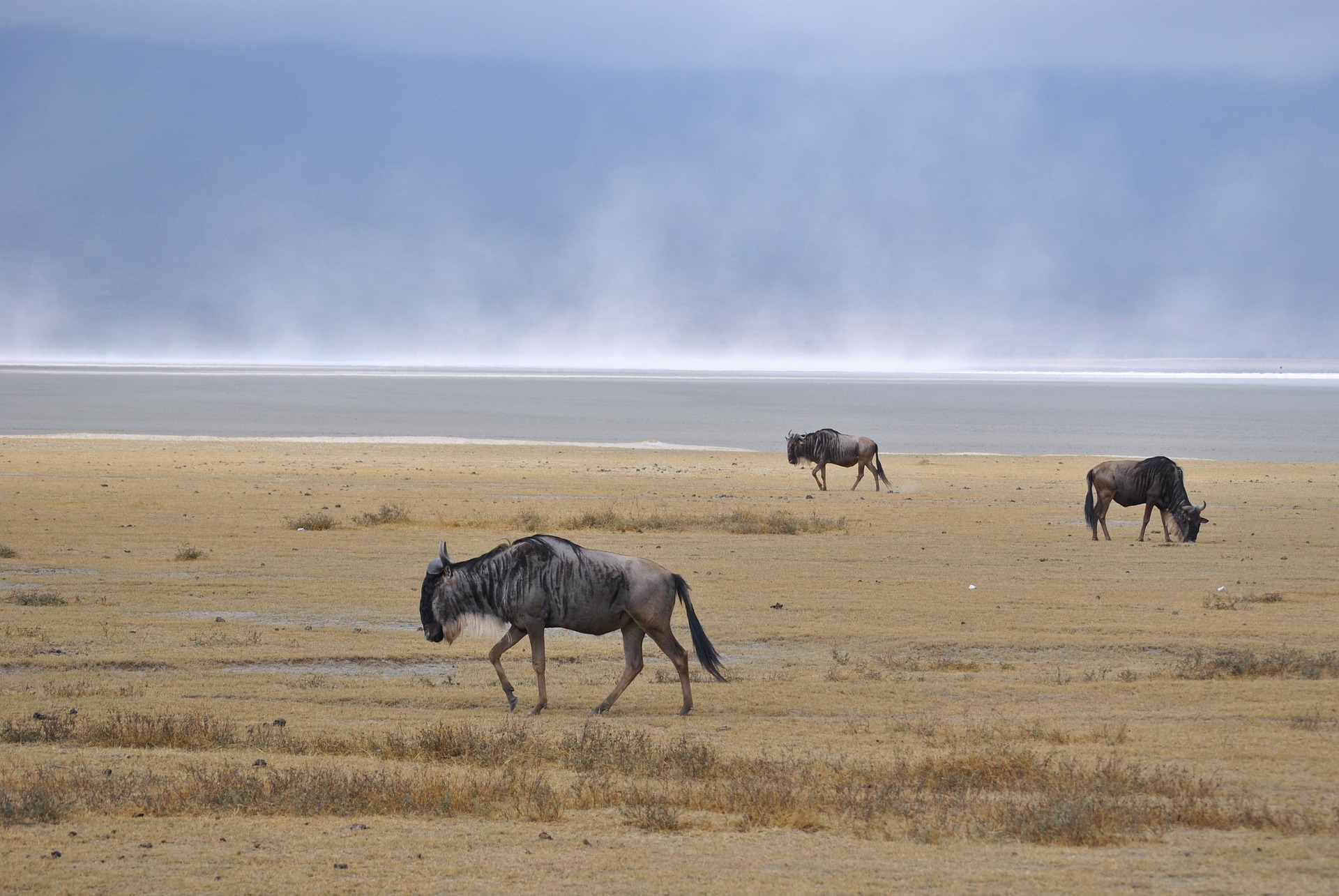The Great Wildebeest Migration as We Know It
The endless circular migration of over a million wildebeest and other animals across the Serengeti-Mara ecosystem.
Welcome to the heart of Africa's most breathtaking spectacle: the Great Wildebeest Migration. A true wonder of the natural world, this annual journey sees over a million wildebeest, zebras, and gazelles traverse the Serengeti-Mara ecosystem in a relentless quest for fresh grazing lands and water. Our guide provides an in-depth look at this epic migration, offering expert insights to help you plan your once-in-a-lifetime safari.
What is the Great Wildebeest Migration?
The Great Wildebeest Migration is a continuous, year-round movement of herds across Tanzania's Serengeti National Park and Kenya's Maasai Mara National Reserve. It is not merely a wildlife event; it is the largest overland migration on Earth, involving millions of wildebeest, zebras, and gazelles. Celebrated as "the greatest show on earth," it is also counted among Africa's "Seven Natural Wonders." This epic journey sees over a million animals, primarily wildebeest, but also tens of thousands of zebras and gazelles thundering across the vast plains of the Serengeti-Mara ecosystem. Driven by ancient instinct, they follow the rains in an endless search for fresh grazing and water, creating a cyclical pattern of life and survival. The migration is not a single event but a dynamic process with different highlights throughout the year, including dramatic river crossings and the calving season.
What Makes This Natural Wonder So Unique
The sheer scale and drama of the migration are what set it apart. Columns of animals can stretch for miles, creating a spectacle that is truly breathtaking to witness. The cycle of life and death is on constant display, from the joyous intensity of the calving season in the south to the heart-stopping river crossings, where predators lie in wait. This is a story of survival, a testament to the raw power of nature, and an unforgettable experience for anyone who witnesses it.
A Quick Overview of the Serengeti & Maasai Mara
The migration takes place within two magnificent national parks in East Africa:
- Tanzania's Serengeti National Park: The herds spend the majority of their time, roughly 9-10 months, within the Serengeti's endless plains. This is where the migration begins with the dramatic calving season and continues with the Grumeti and Mara River crossings. A safari in the Serengeti offers a more expansive and less-crowded experience.
- Kenya's Maasai Mara National Reserve: The final chapter of the migration’s northern journey takes place here, most famously with the chaotic and thrilling Mara River crossings. The herds typically enter the Maasai Mara for a period of 2-3 months before beginning their return journey south.
The Migration Cycle: A Month-by-Month Breakdown
December to March (Ndutu & Southern Serengeti, Tanzania): The Calving Season
Each year, over a million wildebeest, along with zebras and gazelles, gather in the lush southern Serengeti and Ndutu plains to give birth. This is the beginning of the migration cycle, when around 400,000 calves are born in just a few weeks. The abundance of newborns attracts predators such as lions, cheetahs, hyenas, and leopards, creating dramatic encounters between hunter and prey.
Highlight: Witnessing the calving season offers an unparalleled chance to see the circle of life, newborn calves taking their first steps while predators seize the opportunity to hunt.
Expert Tip: This is a dream season for wildlife photographers, with stunning light, short grasses for clear views, and raw, untamed drama on display.
April to May (Central & Western Serengeti, Tanzania): The Journey North
As the rains shift, the herds begin moving northward through the central Serengeti. Endless columns of wildebeest stretch for miles, joined by zebras and antelopes as they search for fresher grazing grounds. By May, the herds gather in the Serengeti’s Western Corridor near the Moru Kopjes, where the rutting (mating season) begins, and the landscape vibrates with clashing males.
Highlight: This period is quieter in terms of tourism, meaning fewer safari vehicles and more exclusive wildlife experiences.
Expert Tip: May often brings the first river crossings at the Grumeti River maybe smaller than the Mara crossings but still thrilling, with crocodiles waiting for their chance. A great time for value-for-money safaris.
June to July (Western & Northern Serengeti, Tanzania): The Grumeti River Crossings
By June, the herds pack densely along the Grumeti River, where they face their first dangerous water crossing. Massive Nile crocodiles lie in wait as thousands of wildebeest plunge into the water. This is also the start of the dry season, concentrating wildlife around rivers and waterholes.
Highlight: The Grumeti River crossings combine spectacle and intensity, a true test of survival for the migrating herds.
Expert Tip: Camps and lodges near the Grumeti book out early. Plan your safari months in advance if you want front-row access to this extraordinary event.
August to October (Northern Serengeti, Tanzania & Maasai Mara, Kenya): The Mara River Crossings
This is the most iconic and dramatic phase of the migration. Herds numbering in the hundreds of thousands gather on the banks of the Mara River, hesitating before charging into the crocodile-infested waters. Chaos unfolds as predators stalk both banks, and sheer numbers overwhelm the river. Crossings can last minutes or hours, but they are unpredictable as nature follows no schedule.
Highlight: The Mara River crossings are one of the greatest wildlife spectacles on Earth, with breathtaking scenes of life, death, and survival.
Expert Tip: Be prepared to spend several days near the Mara River, as patience is key. This is peak safari season, so secure flights and lodges at least a year in advance.
November (Eastern & Southern Serengeti, Tanzania): The Return South
As the short rains arrive, the herds begin moving back south through the Serengeti. The plains turn green again, offering fresh pastures for the wildebeest, zebras, and gazelles. The migration disperses over wide areas, creating a more tranquil but equally rewarding safari atmosphere.
Highlight: With fewer crowds, November safaris are peaceful, and the landscapes are refreshed with lush greenery and dramatic skies.
Expert Tip: This is an ideal time for photographers who enjoy wide landscapes, vivid colors, and more intimate wildlife encounters with fewer vehicles around.
Where to See the Great Wildebeest Migration
The Great Wildebeest Migration is a continuous, year-round journey that spans across the vast Serengeti-Mara ecosystem. Knowing where the herds are at any given time of the year is key to planning an unforgettable safari. While the migration's exact timing is unpredictable, it generally follows a predictable clockwise pattern, driven by the search for water and fresh grazing.
Serengeti Highlights
The Serengeti National Park is home to the migration for most of the year. The herds move through different regions of the park depending on the season, each offering a unique experience.
- Ndutu Region (December - March): This is the famed calving season. Located in the southern Serengeti and northern Ngorongoro Conservation Area, the short-grass plains of Ndutu become a massive nursery. Over half a million wildebeest calves are born here in a short, intense period, creating a feast for predators. It's a spectacle of new life and intense predator-prey drama.
- Grumeti River & Western Corridor (May - July): As the grasses in the south dry up, the herds begin their northward journey, creating long columns that stretch for miles. This movement leads them to the Western Corridor and the Grumeti River. Here, the animals face their first major obstacle: the crocodile-infested Grumeti River. While less dramatic than the Mara River crossings, the spectacle of thousands of animals hesitating and then plunging into the murky waters is a thrilling sight.
- Northern Serengeti (July - October): This is the season of the most famous and dramatic river crossings. The herds congregate at the Mara River, which flows through the northern Serengeti and into Kenya's Maasai Mara. For days, the wildebeest can build up on the riverbanks, creating an atmosphere of anticipation before they finally take the leap. The sheer volume of animals, the presence of crocodiles, and the high banks make for a truly epic and suspenseful viewing experience.
Maasai Mara Highlights
While the Serengeti holds the herds for most of the year, the Maasai Mara National Reserve is the grand finale of the migration.
- Mara River & Main Crossing Points (July - October): The Mara River is the centerpiece of the migration in Kenya. This is where the most iconic and dramatic river crossings occur as the wildebeest cross into the lush plains of the Maasai Mara. Key crossing points along the river are often named and are where safari vehicles gather to witness the action. These crossings are chaotic, emotional, and unforgettable.
- Mara Triangle: The western section of the Maasai Mara, known as the Mara Triangle, is an excellent place to witness the migration. It is often less crowded than the main reserve, offering a more serene and private safari experience with incredible wildlife sightings, including the migration herds.
The River Crossings – Nature’s Drama
The river crossings are the most famous and dramatic part of the Great Migration, and Tanzania offers two distinct opportunities to witness this spectacle. While the Mara River crossings are the pinnacle of this event, the herds must first contend with the crocodile-infested waters of the Grumeti River, a vital part of the journey that takes place entirely within the Serengeti National Park.
Why River Crossings Are So Famous
The river crossings capture the imaginations of millions for several reasons:
- Life and Death Struggle: This is a literal survival-of-the-fittest event. The crossings are fraught with danger from two main predators: giant Nile crocodiles lurking in the water and lions and leopards waiting on the banks. Witnessing this intense struggle is a powerful and humbling experience.
- Sheer Scale: The sheer volume of wildebeest and zebras involved is breathtaking. The herds can stretch for miles, and the sound of their hooves thundering across the plains and splashing into the water is an unforgettable sensory experience.
- Unpredictable Action: The drama isn't just about the crossing itself. The herds can gather on the banks for days, building a palpable tension. Then, in an instant, a single wildebeest might take the leap, triggering a stampede of thousands behind it. The unpredictability is part of the thrill.
The Crossing Points
Tanzania offers two unique river crossing experiences, each with its own character and timing:
- The Grumeti River Crossing (May - July): This is the first major river crossing of the migration. As the herds move north, they must brave the Grumeti River in the Western Corridor of the Serengeti. While the crossings here are generally smaller and less frenzied than at the Mara River, they are a fascinating spectacle in their own right. The Grumeti River is home to some of the largest Nile crocodiles in Africa, making this an intense and captivating sight.
- The Mara River Crossing (July - October): This is the main event. While the Mara River flows through both Tanzania and Kenya, the wildebeest spend several months crossing back and forth in the northern Serengeti. A safari here allows you to witness the same iconic, chaotic crossings that are famous on the Kenyan side, but from a location that is often less crowded and feels more wild and remote.
Timing & Planning Your Safari
The river crossings are the most difficult event to predict, as they are entirely dependent on rainfall and the instincts of the herds. To maximize your chances of witnessing a crossing:
- Peak Season: The main Mara River crossings occur between July and October. This is the best time to book a safari in the northern Serengeti, which is home to numerous luxury and mobile camps specifically designed to follow the herds and position you for a crossing.
- Be Patient: Go into your safari with the understanding that a crossing is a bonus, not a guarantee. Your experienced Tanzanian guide will use their knowledge to get you into the best possible position, but the animals move on their own schedule.
- Safety & Crowds: Always listen to your safari guide. They are experts on the animals' behavior and the safe distances to maintain. While some popular crossing points can attract crowds, the vastness of the Serengeti often allows for more exclusive viewing opportunities compared to the smaller Maasai Mara.
Tips for Experiencing the Great Migration
Planning a safari to witness the Great Migration requires strategic thinking. As a Tanzanian operator, we want to provide you with the essential tips to ensure your trip is not just successful, but truly a once-in-a-lifetime adventure.
Booking Early: Secure Your Once-in-a-Lifetime Adventure
The most crucial tip for a migration safari is to book well in advance. The camps and lodges strategically located along the migration route have limited availability and are in extremely high demand, especially during the peak river crossing season.
- When to Book: To secure your preferred dates and accommodation, we recommend booking your safari at least 12 to 18 months ahead, particularly for the popular months of June through October. This is especially vital for the mobile camps that move with the herds, as they sell out very quickly.
- Benefits of Early Booking: Booking early not only guarantees your spot but also allows you ample time to prepare, secure flights, and work with our team to customize the perfect itinerary without the pressure of last-minute availability.
It's Your Choice When to Go: The Migration is a Yearly Circle
Many people believe the migration is a single event that only happens during the famous river crossings. This is a common misconception. The truth is, the Great Migration is a continuous, year-round cycle, and the herds spend the vast majority of their time within Tanzania's Serengeti ecosystem. This means you can see the migration at different stages throughout the year, each offering a unique spectacle.
- The Calving Season (December - March): Located on the southern short-grass plains of the Serengeti, this is a beautiful and moving time to visit. With over 80% of the calves born in just a few weeks, the plains are teeming with new life, and the predator-prey action is at its peak.
- The Journey North (April - June): This is a quieter, less-crowded season to witness the magnificent columns of wildebeest as they begin their long march north. The landscape is lush and green, and the Grumeti River crossings are a dramatic prelude to the main event.
- The River Crossings (July - October): The most famous spectacle, as the herds brave the crocodile-filled Grumeti and Mara Rivers. You can witness this incredible event from the Tanzanian side of the Mara River, which often offers a more secluded and authentic experience with fewer vehicles.
There is More to Tanzania Than the Migration
While the Great Migration is a world-class attraction, Tanzania has so much more to offer. Don't limit your safari to just the Serengeti. A well-planned itinerary can combine the migration with other spectacular parks to give you a complete Tanzanian experience.
- Ngorongoro Crater: A UNESCO World Heritage Site and a natural amphitheater of wildlife. The crater floor is home to the densest population of big cats in Africa, and it's one of the best places to see the Big Five in a single day.
- Tarangire National Park: Known for its enormous elephant herds, iconic baobab trees, and fantastic game viewing, especially during the dry season.
- Zanzibar: After the dusty safari plains, relax on the pristine white-sand beaches of the Spice Island. A Zanzibar extension offers a perfect end to your adventure, combining thrilling wildlife with cultural exploration and relaxation.
By booking early and being open to the different stages of the migration, you will experience the best of what Tanzania has to offer, from the awe-inspiring cycle of life in the Serengeti to the diverse and breathtaking landscapes of the country's other national parks.
Where can I do The Great Wildebeest Migration?
Frequently Asked Questions about The Great Wildebeest Migration
What is the Great Wildebeest Migration?
The Great Migration is the year-round movement of over 1.5 million wildebeest, accompanied by zebras and gazelles, across Tanzania’s Serengeti and Kenya’s Maasai Mara. The herds follow seasonal rains in search of fresh grazing, making it the largest land-based animal migration on Earth.
Where is the best place to see the migration: Tanzania or Kenya?
The Great Migration spends about 80% of the year in Tanzania’s Serengeti, making it the primary destination to witness the full cycle, from calving in the south to the northern river crossings. While Kenya’s Maasai Mara offers spectacular views of the Mara River crossings, it only represents a small portion of the journey. For those seeking the complete experience, Tanzania’s Serengeti provides year-round access to the migration’s dramatic events.
Are the river crossings guaranteed during a safari?
No, the exact timing of river crossings depends on rainfall and herd movements. While July to October is the prime window, sightings can never be guaranteed. To increase your chances, plan to spend several days near the rivers with a mobile camp or strategically located lodge.
How far in advance should I book a migration safari?
For peak season (July to October), we recommend booking at least 12–18 months in advance, as lodges near the Mara and Grumeti rivers fill up quickly. For quieter months, 6–9 months ahead is usually sufficient.
What makes the Great Migration so special?
The Great Wildebeest Migration is an extraordinary natural event, involving over a million wildebeest, thousands of zebras, and countless gazelles moving across the Serengeti and Maasai Mara in search of fresh grazing. It is a dramatic display of life and survival, from the calving season in the southern Serengeti, where thousands of calves are born, to the perilous river crossings filled with crocodiles and prowling predators.
The Great Wildebeest Migration Inclusive Packages (6)
-
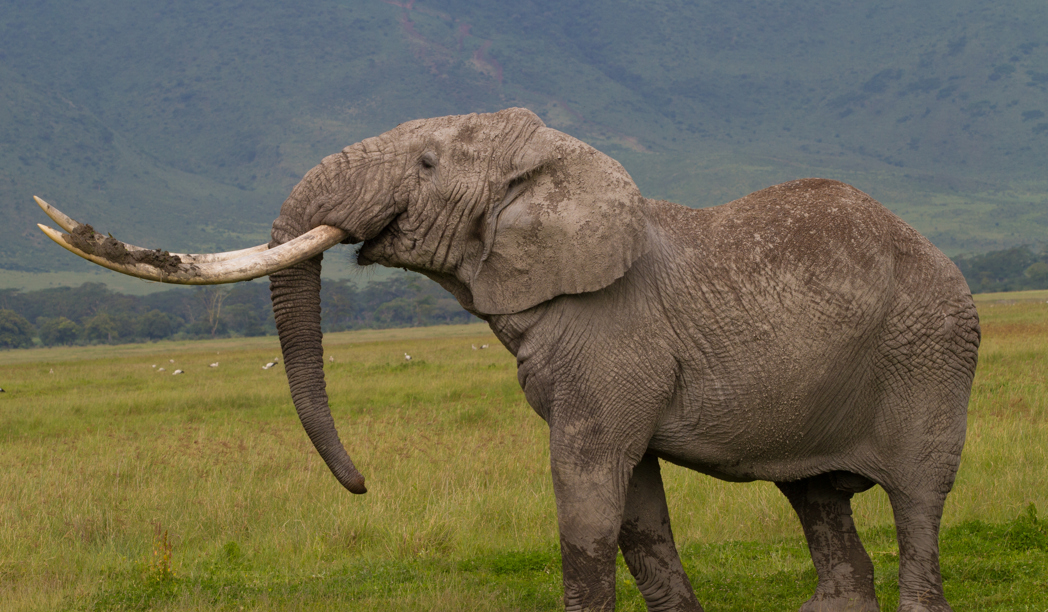
5 Days - Tanzania Safari Adventure
From
$1,850 pp (USD)
Serengeti National Park, Lake Manyara National Park, Ngorongoro Conservation Area
Explore -
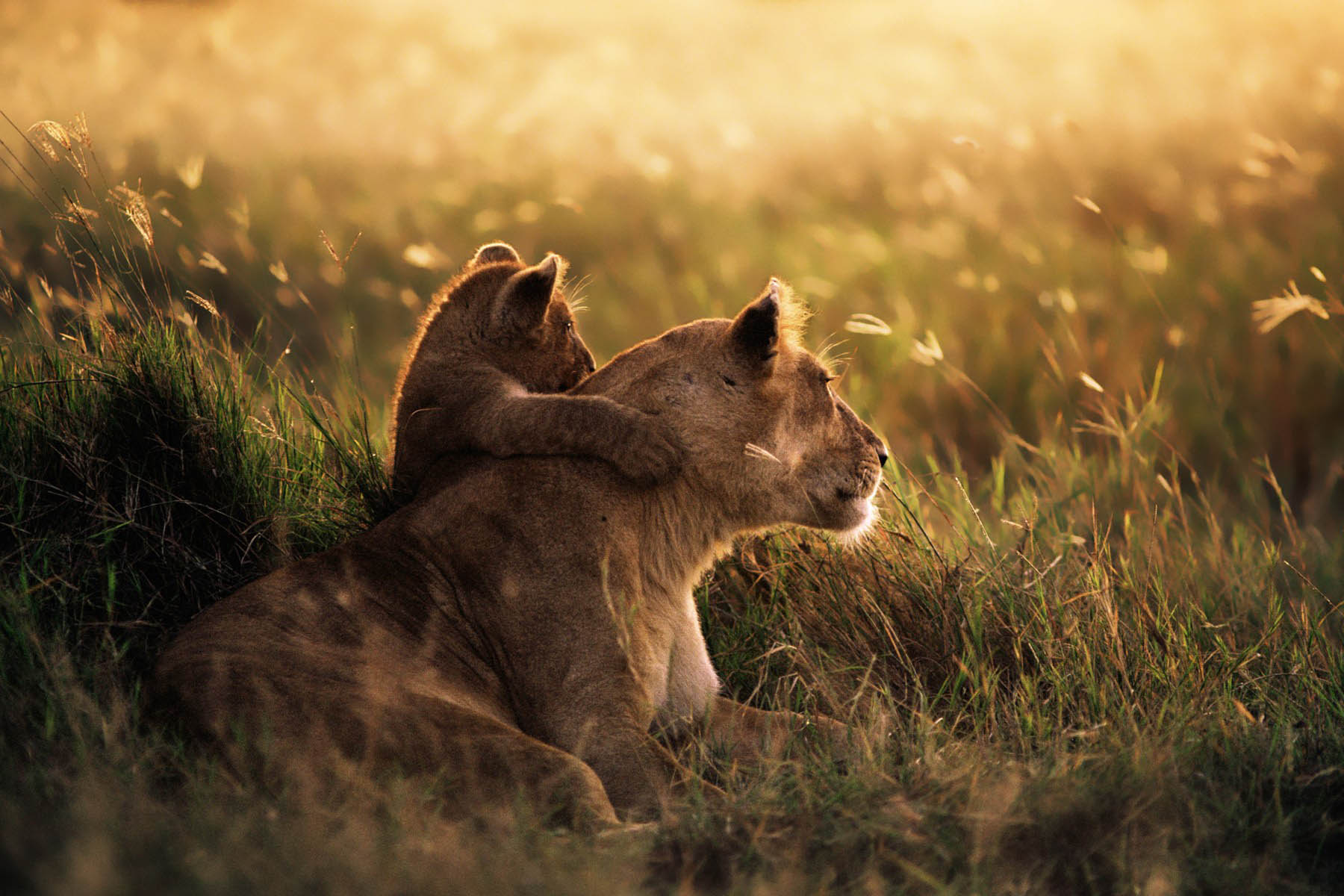
3 Days - Exclusive Midrange Fly-in Experience - Serengeti & Ngorongoro
From
$1,650 pp (USD)
Serengeti National Park, Ngorongoro Conservation Area
Explore -
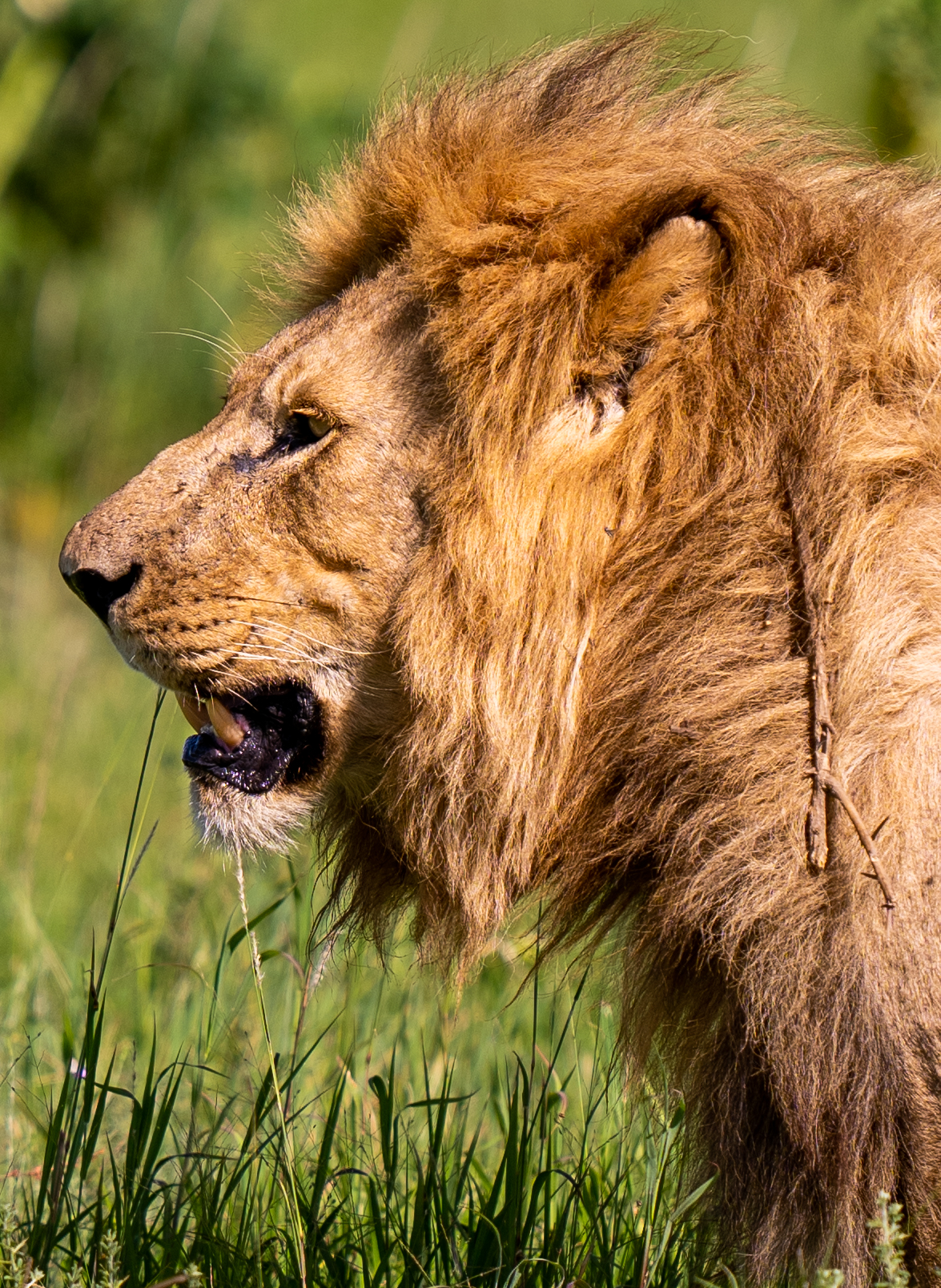
10 Days - Tanzania Safari & Zanzibar Beach Adventure – Mid-Range Tour
From
$3,050 pp (USD)
Tarangire National Park, Serengeti National Park, Ngorongoro Conservation Area, Zanzibar
Explore -
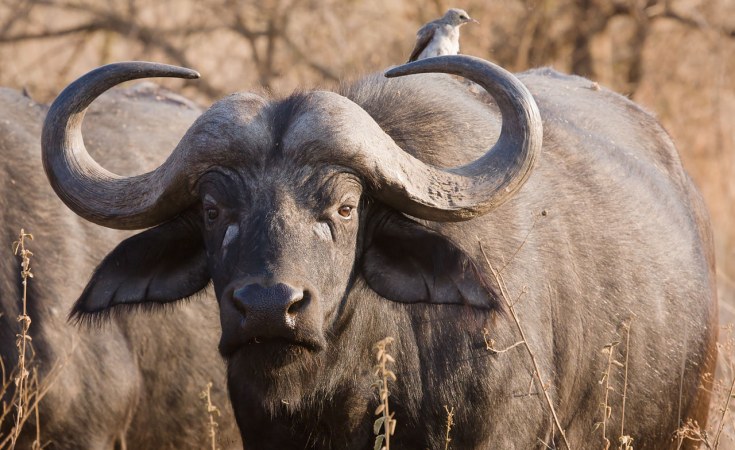
3 Days - Tanzania Big Five Safari – Tarangire, Ngorongoro & Lake Manyara
From
$975 pp (USD)
Tarangire National Park, Ngorongoro Conservation Area, Lake Manyara National Park
Explore -
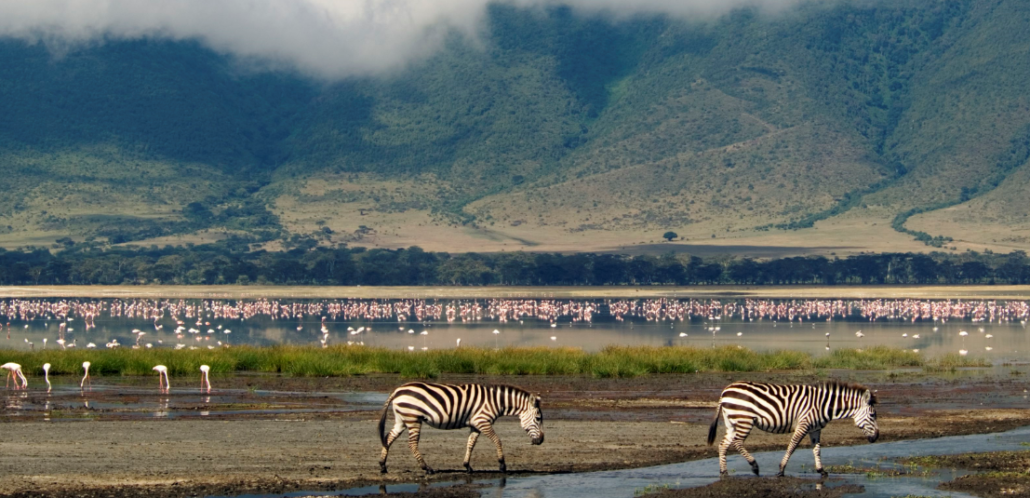
8 Days - Beach Bliss and Safari Adventure
From
$4,540 pp (USD)
Tarangire National Park, Serengeti National Park, Ngorongoro Conservation Area, Zanzibar
Explore -
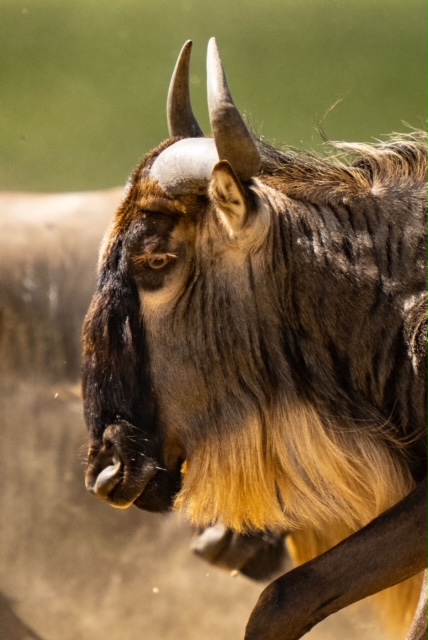
7 Days - Tanzania Migration Safari with River Crossings
From
$5,700 pp (USD)
Serengeti National Park, Ngorongoro Conservation Area, Tarangire National Park
Explore
